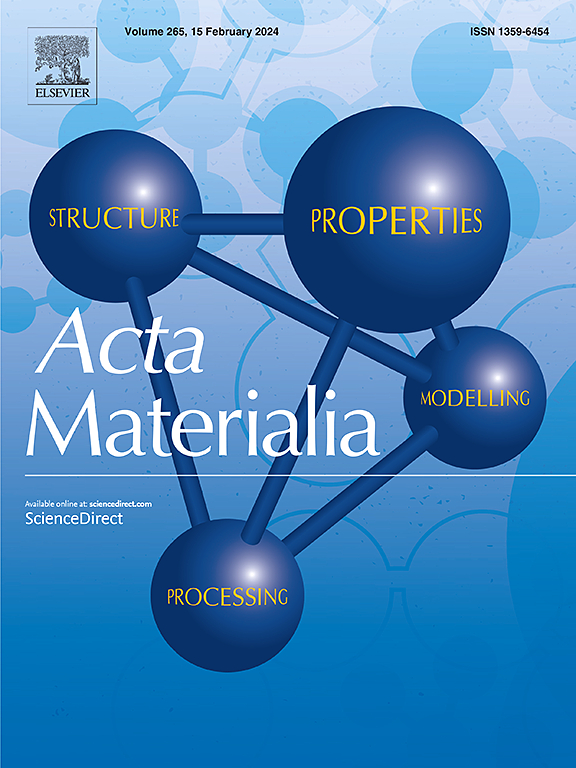Electrochemical potential in multilayer solid electrolytes and mechanical implications
IF 8.3
1区 材料科学
Q1 MATERIALS SCIENCE, MULTIDISCIPLINARY
引用次数: 0
Abstract
Rechargeable all-solid-state batteries (ASSBs) offer improved safety and the potential for advanced chemistries, but the susceptibility of solid electrolytes (SEs) to electrochemo-mechanical degradation remains a major challenge. This degradation manifests in two modes: a fast longitudinal mode, such as short-circuiting dendrites, and a slow transverse mode, such as in-plane cracking and isolated alkali metal formation. While prior research has mainly focused on mitigating the longitudinal mode, the transverse mode is becoming increasingly critical, particularly under the practically required pressure-less conditions. Here, we demonstrate through thermodynamic modeling that multilayering the SE separator can mitigate electrochemical instabilities attributed to abrupt jumps in the chemical potential of neutral Li atoms (Li) within the SE separator, contributing to transverse mechanical degradation. We first derive an analytic solution for the Li chemical potential profile within SEs, confirming its extreme sensitivity to SE-specific redox-sensitive electronic conductivities and boundary potentials at the SE edges. Inspired by this sensitivity, we propose and theoretically demonstrate that multilayering can confine potential jumps to less detrimental spatial/Li-potential regimes, thereby mitigating transverse degradation and delaying longitudinal degradation as well. We then discuss the effects of both extrinsic and intrinsic factors on this approach, along with their practical implications. Overall, our findings suggest that multilayered SEs can provide a comprehensive strategy against both transverse and longitudinal degradation modes, outlining critical parameters to consider in the development of pressure-less ASSBs with enhanced electrochemical performance and damage resistance.

求助全文
约1分钟内获得全文
求助全文
来源期刊

Acta Materialia
工程技术-材料科学:综合
CiteScore
16.10
自引率
8.50%
发文量
801
审稿时长
53 days
期刊介绍:
Acta Materialia serves as a platform for publishing full-length, original papers and commissioned overviews that contribute to a profound understanding of the correlation between the processing, structure, and properties of inorganic materials. The journal seeks papers with high impact potential or those that significantly propel the field forward. The scope includes the atomic and molecular arrangements, chemical and electronic structures, and microstructure of materials, focusing on their mechanical or functional behavior across all length scales, including nanostructures.
 求助内容:
求助内容: 应助结果提醒方式:
应助结果提醒方式:


